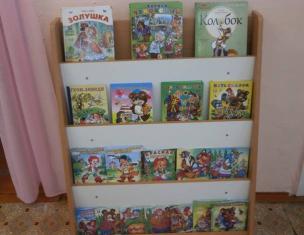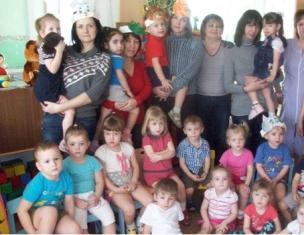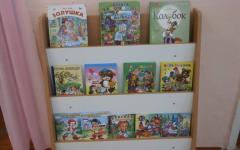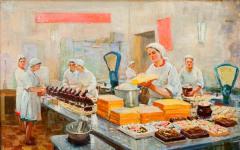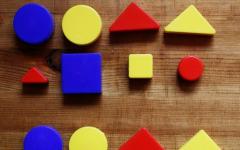J. Armstrong noted that the action of symbols are akin to the actions of border guards. They divide everyone on "their" and "strangers". The concept of "Russia-Mother" is a symbol. The recognizable and revered symbol of Russianness in Russia and abroad, embodied in literature and art, mass culture and political rhetoric, as well as military propaganda. As a symbol, he must become uniting.
Symbol in military propaganda
Women's image of Russia for a long time used propaganda. He must emit peace and demonstrate it. As the national symbol of "Mother-Russia" is a challenge to the rallying of Russians, the "sons of relatives and daughters", as it comes in the famous song. As a mobilizing force, the image is especially in demand during the years of wars, when everything is subordinated to one task - to protect the homeland suffering from the invaders. When warriors are ready to give life when the refusal to do a debt is a sovid ungratefulness.
Symbol in politics
The perception of the country in the image of the mother is an important element of political culture. For the authorities, it is important to represent the ruler (chapter, president) of a country that protects it from any enemies, to her threatening, and external and internal. The so-called sacred marriage of Russia-Mother with the ruler. For the opposition, in turn, an image of a suffering homeland suffering from the wrong, even nationally alien, power, is attractive for the opposition. For example, population at the end of the 19th century.
"Mother-Russia": how the image appeared
The idea of \u200b\u200bthe presence of such a symbol developed in stages. At first, "Mother - raw land" - the Russian version of the Mother Goddess. This image seems to be a living being, most often in the guise of the mother. With the advent of Holy Rus in the 16th century, it becomes Svyatourz's Mother-Earth.
In the era of the reign of Peter I, the first attempts to visualize Russia in the appearance of a woman appear. On the personal press, the king was the image of Peter, having a statue of Russia - a woman who has a powder and a scepter, on the head of the crown, and on the shoulders of the mantle. By the way, such a plot came up with the king himself (the ruler creates the country, he gives her shape and soul), bearing in mind, probably, the myth of Pygmalion and Galatee.
On the question of OI, why Russia call "Mother", he answered in his words, we call Russia's mother, because it was she who fed us, he dreamed of us and taught us her tongue.
At the same time, the ideologists of Bolshevism used the image of "Mother Russia" as a symbol of Tsarist Russia and oppression. The White Guard of the Civil War, in turn, perceived the Bolsheviks as oppressors of Russia-Mother.
"And the military with the Red Star
Taking a fatal seal
To the cross nails with hloos
Unhappy motherland mother! ".
Life to give for her ready
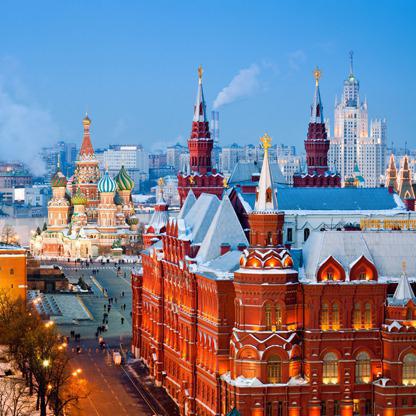 And only by the mid-30s now, the Soviet motherland-mother acts as the mother of all the peoples of the Soviet Union and the most noticeable became with the beginning of the Great Patriotic. The beginning of the revival of a significant role of the women's image of Russia put a poster, well acquainted to each Soviet man, - "Mother's mother name!" I. Tidze. And a woman from a poster is not a symbol of suffering, but a call for the Soviet warrior, to his debt. At the same time, posters appear, where the motherland-mother blesses her son on the battle with the enemy.
And only by the mid-30s now, the Soviet motherland-mother acts as the mother of all the peoples of the Soviet Union and the most noticeable became with the beginning of the Great Patriotic. The beginning of the revival of a significant role of the women's image of Russia put a poster, well acquainted to each Soviet man, - "Mother's mother name!" I. Tidze. And a woman from a poster is not a symbol of suffering, but a call for the Soviet warrior, to his debt. At the same time, posters appear, where the motherland-mother blesses her son on the battle with the enemy.
The glorious fighters went to battle for her, died behind the Mother of Russia, meaning not some concept and not even a state, but all that they were close and expensive, for their mothers and for all mothers waiting with the war of their sons . In this concept, every fighter invested the love of his land and his desire to defend Fatherland.
Motherland, symbolizing the strength of the people, his invincibility, carved in stone in the monuments of Volgograd, Kiev, Kaliningrad, Tbilisi and other cities. The image of the Mother Motherland, who mourns its children who have been preserved for her freedom, which her sons are ready to defend at all times, was actively used during the Cold War, emphasizing the role of Russia in the struggle for peace.
All post-war Soviet culture, referring to the image of Russia-Mother, paints it with a vulnerable, suffering, laid war in need of protection.
The period of decay of the Soviet Union is characterized by rethinking, even the destruction of the entire Soviet. And the humiliated Russia-Mother of the 90s is an excellent reason for criticizing the current opposition.
Mother-Russia is my homeland
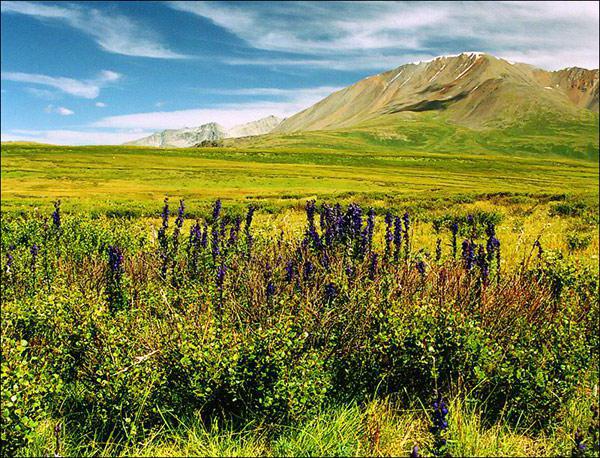 Today, this symbol is "rehabilitated." Russia again appears in the appearance of the most beautiful of women, and again the image of Mother-Russia is active propaganda. He became in demand in the culture of the country, including poetry and prose, music and painting, cinematography and estrad.
Today, this symbol is "rehabilitated." Russia again appears in the appearance of the most beautiful of women, and again the image of Mother-Russia is active propaganda. He became in demand in the culture of the country, including poetry and prose, music and painting, cinematography and estrad.
And already in the songs of today's days sounds:
"This is Mother Russia.
This is the Russian land. "
"Russia - Mother, Native country,
You are in life home and the heart is expensive! ".
"Let Russia-Mother sleeps, sleeps calmly!
For Russia-Mother, Oh, soul hurts. "
And new generations are already known to Mother Russia and serve her devotion.
But the main thing is love
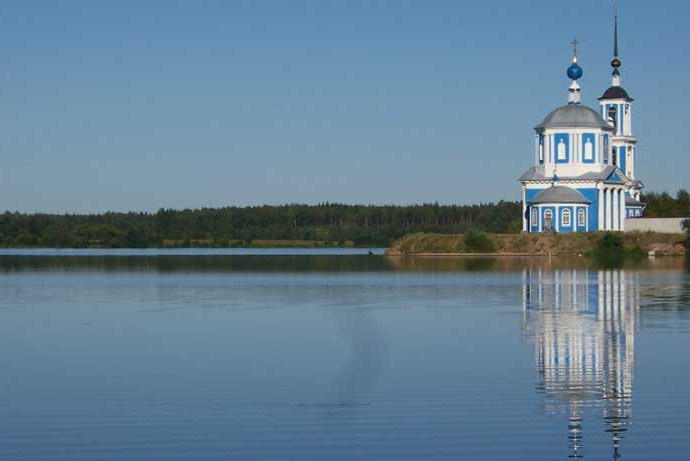 We looked at the main reasons why Russia is called Mother. This is politics, and symbol, and poetic comparison. But the main thing is love. Love for your country, language, white birch, fragrant evenings, dazzling snow fields. Our people animates all things that appreciate. And we treat our homeland with sons of respect and devotion.
We looked at the main reasons why Russia is called Mother. This is politics, and symbol, and poetic comparison. But the main thing is love. Love for your country, language, white birch, fragrant evenings, dazzling snow fields. Our people animates all things that appreciate. And we treat our homeland with sons of respect and devotion.


